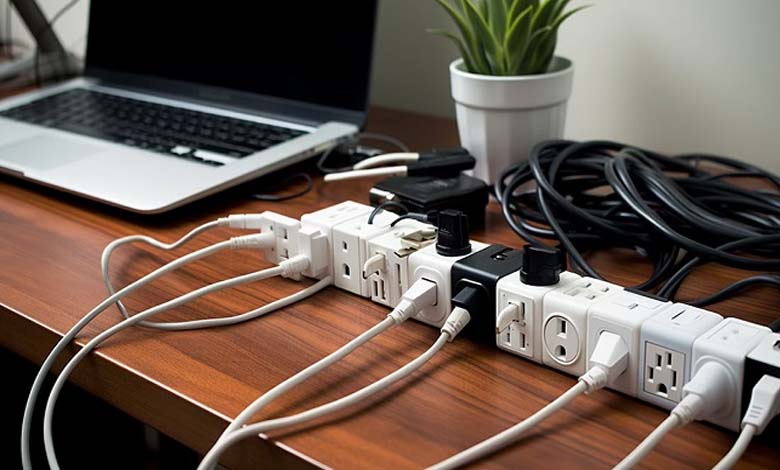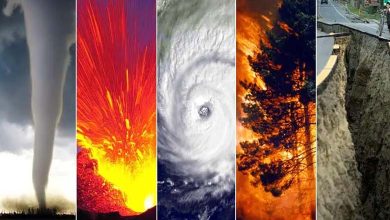To Avoid Fires: Devices You Should Never Plug Into a Power Strip

A power strip, which is a block of electrical outlets connected by a cable, is a common and convenient way to provide extra sockets. However, experts warn that certain devices should never be plugged into a power strip. While power strips are ideal for low-power devices, they have limits in terms of wattage and amperage. Exceeding these limits can cause the power strip to overheat, which may lead to a fire.
Power Strip Capacity
Although power strips increase the number of available outlets, they do not add extra electrical capacity to the wall socket; they merely divide it. As a result, high-power appliances should always be plugged directly into a wall outlet to prevent overloading the power strip.
Typically, a standard 15-amp power strip can handle up to 1800 watts of power. Exceeding this capacity can overload the strip, causing it to overheat and posing a fire hazard. To determine a power strip’s capacity, check its wattage rating, which is usually found on the back or bottom near the power cord connection.
-
With the upcoming iPhone update, Apple is abandoning these devices
-
EU to require single charger for all phones, other electronic devices
Devices You Should Never Plug Into a Power Strip
Many low-power devices, such as computers, televisions, lamps, and phone chargers, can be safely plugged into a power strip. However, some appliances should never be connected to one, as they require a large amount of electricity, which can lead to the power strip overheating.
Instead, these appliances should be plugged directly into a wall outlet. The most notable of these devices include:
- Refrigerators
- Microwave ovens
- Coffee makers
- Toasters
- Space heaters
- Air conditioners
- Washing machines
- Hair dryers
- Irons
- Industrial welding equipment
-
“See and Hear”: Smart Glasses Help the Hearing-Impaired Avoid Embarrassment
-
The New Generation of Smart Locks Will Turn Your Phone into a “House Key”
Safety Tips
It is essential to follow key safety precautions when using power strips:
- Check whether the power strip is designed for wet or dry environments.
- Avoid daisy-chaining, which means plugging multiple power strips into one another. Each power strip should be plugged into its own wall socket.
- For added protection, consider using a surge protector instead of a basic power strip. In addition to providing extra outlets, it protects your devices from power surges and lightning strikes.
- Regularly inspect your power strips for any signs of damage. A hot power strip is a clear indication of overload. If you notice excessive heat, unplug it immediately.












